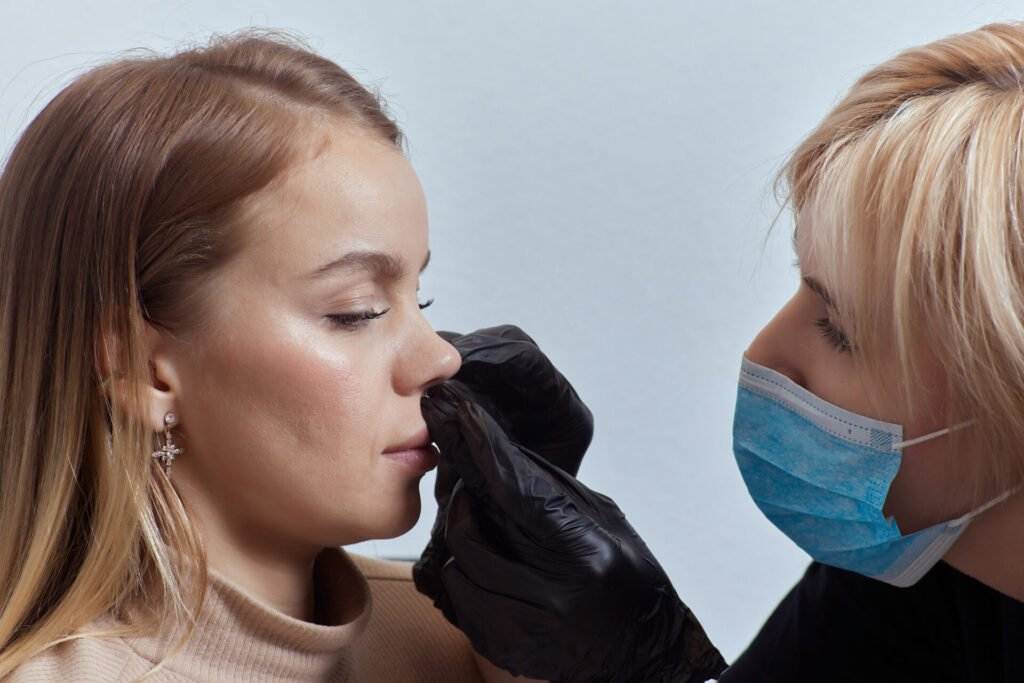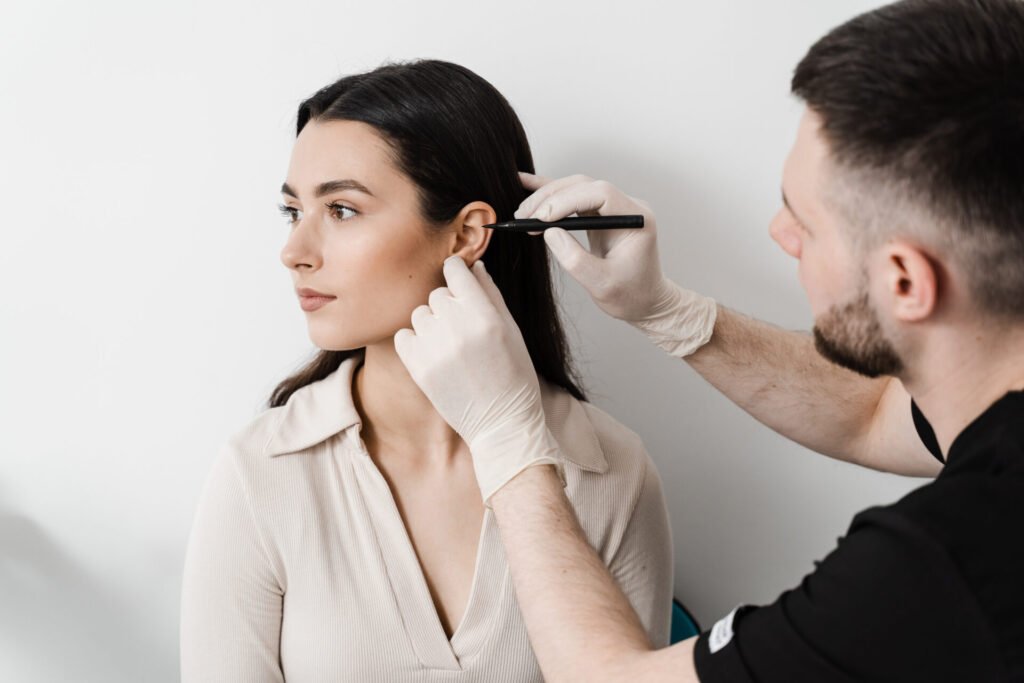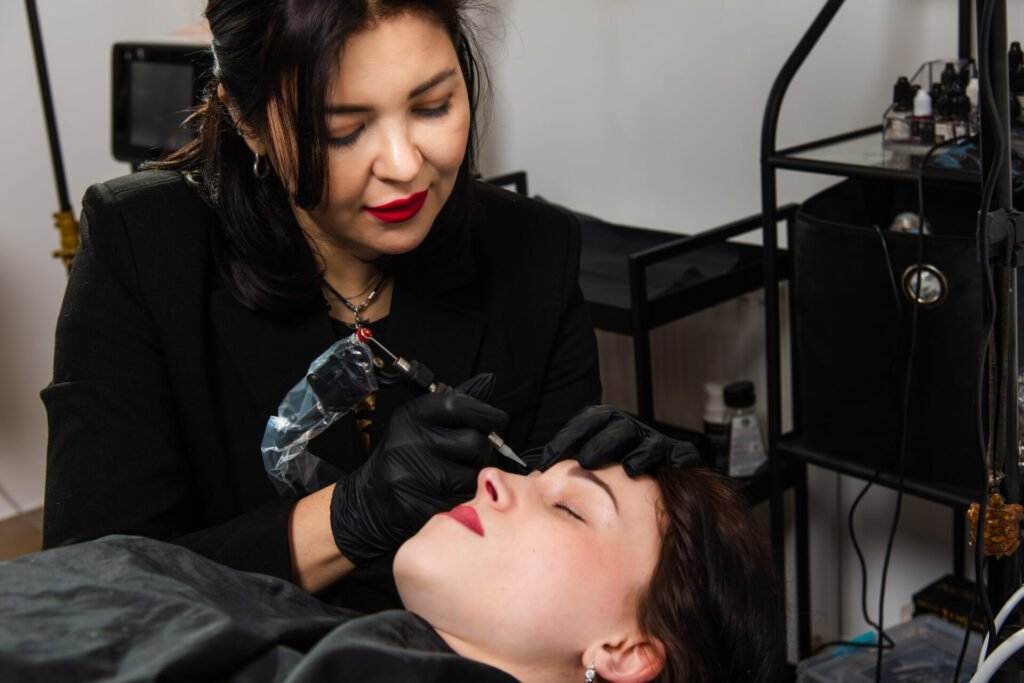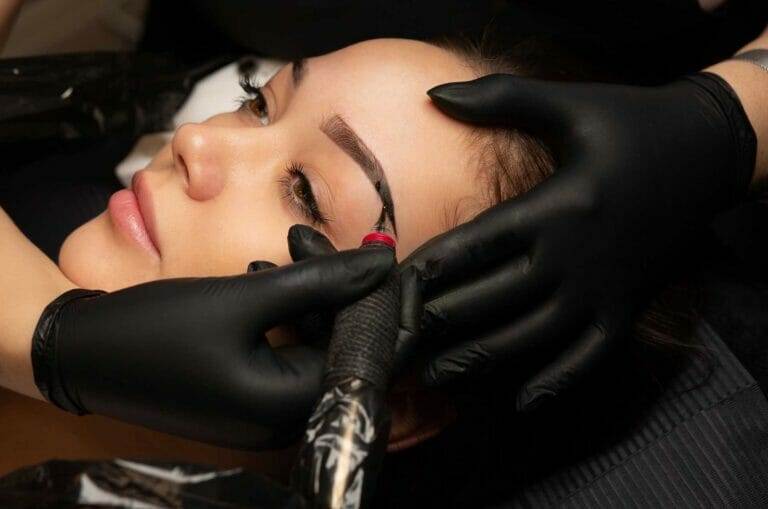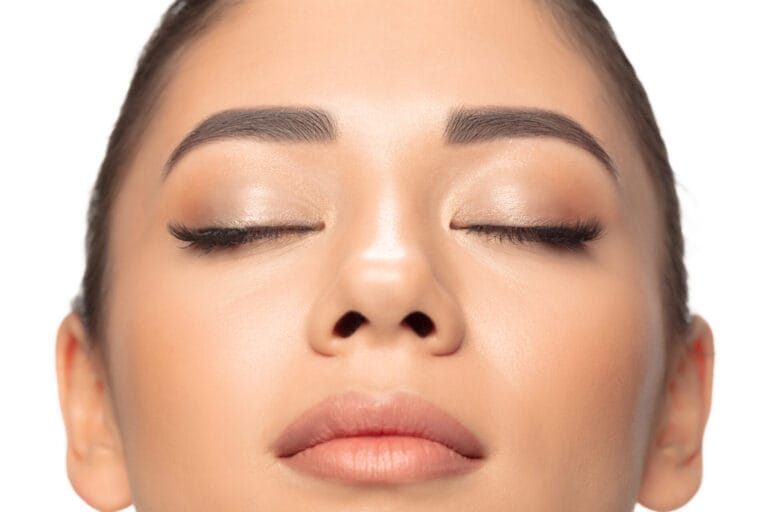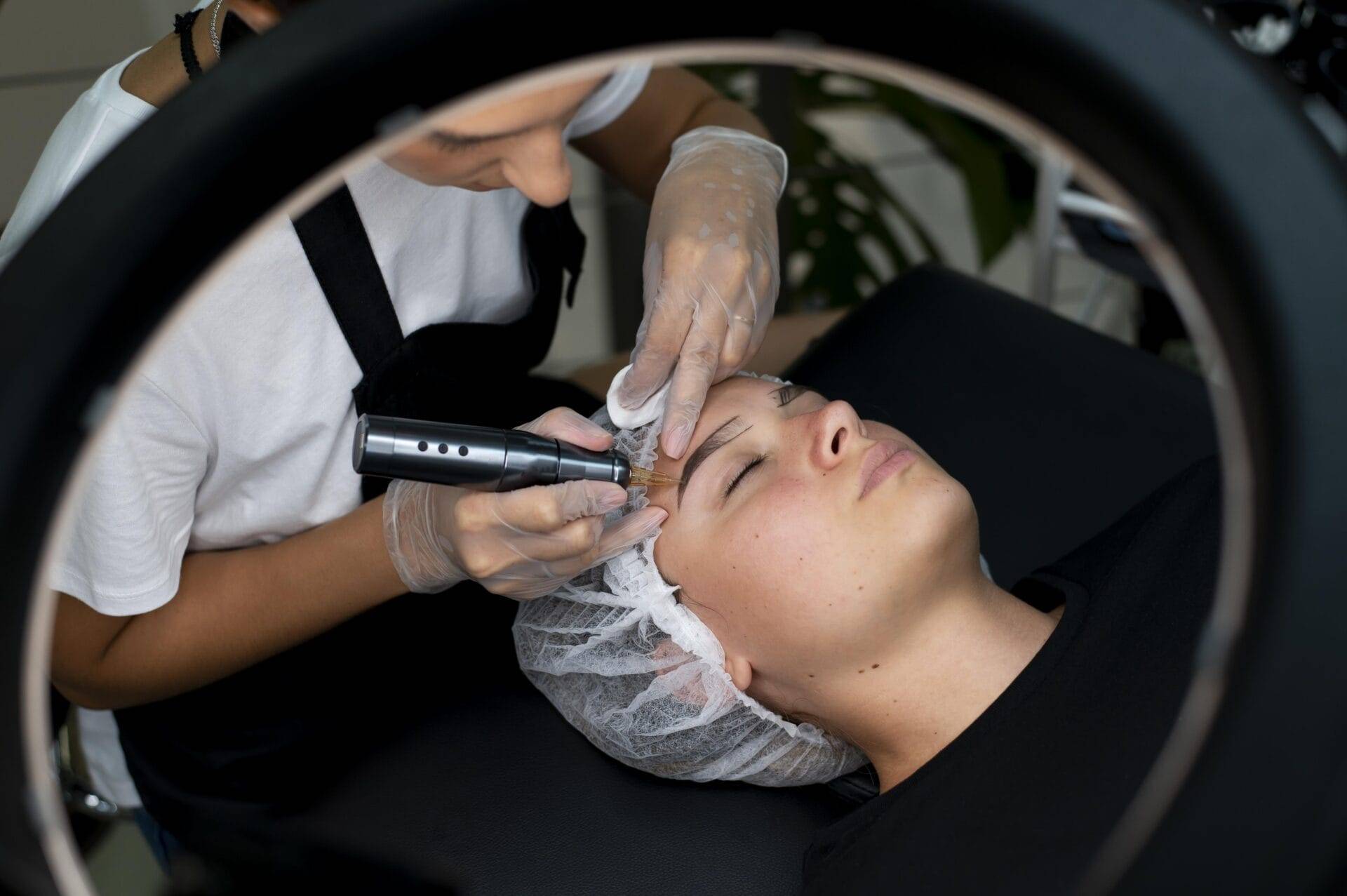Understanding Cosmetic Tattoos
What is a Cosmetic Tattoo?
Cosmetic tattoos, often referred to as permanent makeup, entail the application of pigments to the skin to enhance facial features. This technique uses specialized instruments to deposit colored pigments into the skin’s dermal layer, creating a long-lasting effect that can mimic the look of traditional makeup. Common applications of cosmetic tattoos include:
- Eyebrow Enhancements: Techniques such as microblading or ombre shading provide fuller, defined eyebrows.
- Eyeliner Tattoos: These can create a subtle line along the lash line or a more defined wing for a bold aesthetic.
- Lip Blushing: Adds a hint of color and definition to the lips, providing an illusion of volume and shape.
Cosmetic tattoos are popular for individuals who desire a polished appearance without the daily maintenance of traditional makeup. Whether it’s due to busy schedules, physical limitations, or a desire to streamline the morning routine, the allure of waking up with perfected features is undeniable.
Benefits of Cosmetic Tattooing
Opting for cosmetic tattooing offers a wide array of benefits that extend beyond mere aesthetics. Here are some key advantages to consider:
- Time-Saving: One of the most appealing aspects is the significant reduction in the amount of time spent on daily makeup application. With cosmetic tattoos, individuals can effortlessly maintain a polished look.
- Long-Lasting Results: Unlike traditional makeup, which fades after a few hours, cosmetic tattoos can last for several years with appropriate maintenance. This longevity means that after the initial investment, touch-ups are infrequent.
- Enhanced Confidence: Many find that facial features enhanced by cosmetic tattoos boost their self-esteem. Feeling good about one’s appearance can lead to increased confidence in social and professional settings.
- Customized Appearance: A skilled artist can provide a tailored look that complements an individual’s unique features and skin tone.
- Water-Resistant: Perfect for those who lead active lifestyles or reside in humid environments, cosmetic tattoos are resistant to water and sweat, delivering a consistent look regardless of conditions.
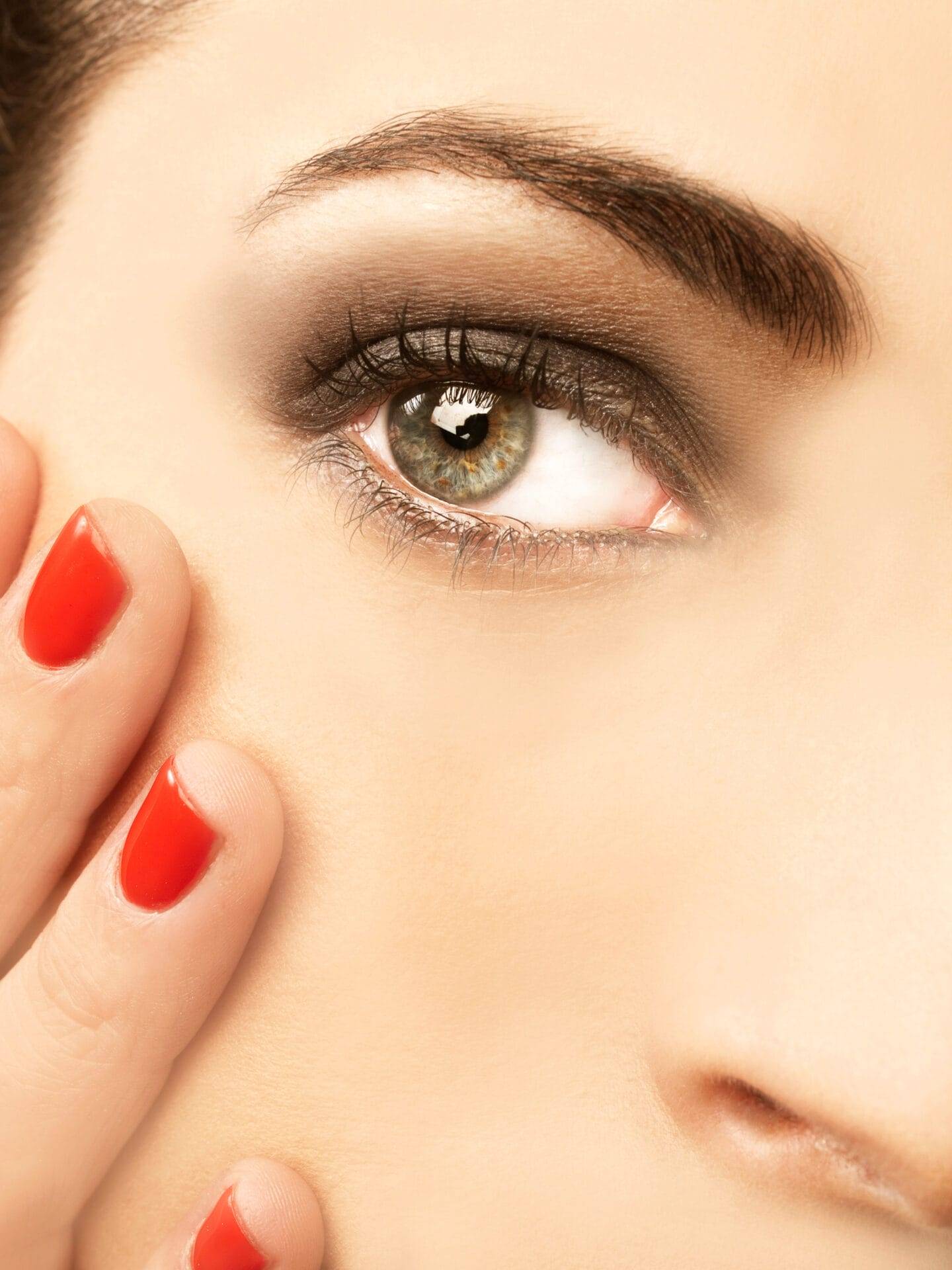

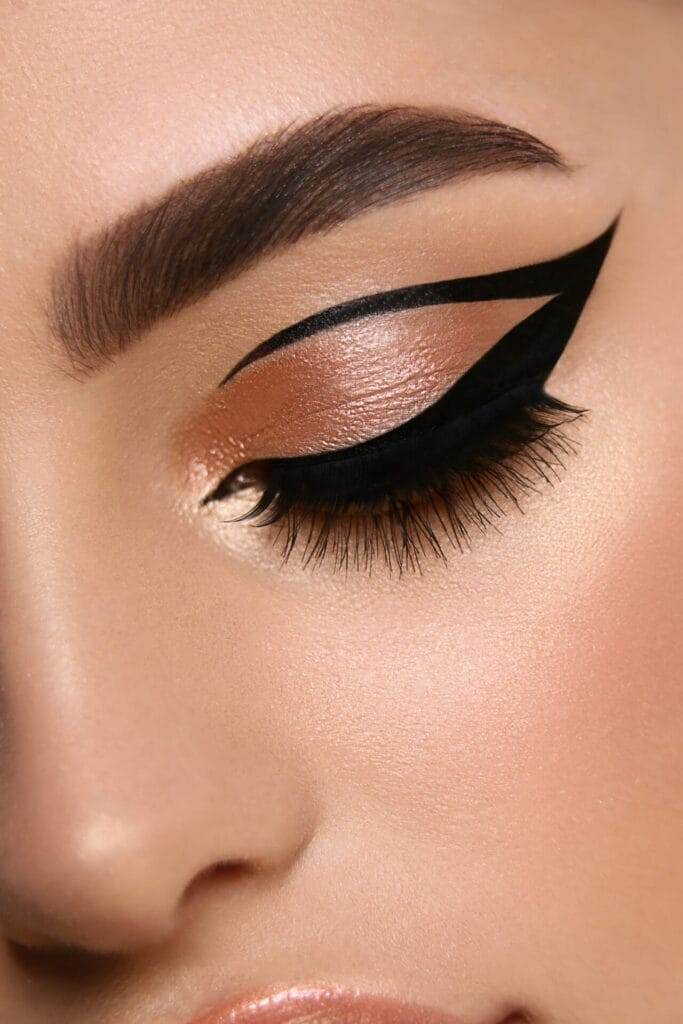
It’s essential to recognize that while the benefits are extensive, careful consideration must be given to choosing a reputable and skilled cosmetic tattoo artist. The results heavily rely on the artist’s expertise, ensuring not only the desired outcome but also safety during the procedure. In conclusion, understanding cosmetic tattoos and their myriad advantages can empower individuals to make informed decisions regarding their beauty routines. The promise of efficiency and confidence enhancement makes this practice increasingly popular in modern beauty culture.
Researching and Choosing a Professional
Finding a Qualified Cosmetic Tattoo Artist
After deciding that cosmetic tattooing aligns with personal beauty goals, the next step is to find a qualified cosmetic tattoo artist. This decision is crucial, as the artist’s expertise directly impacts the results and the overall experience. Here are some key considerations to guide your search:
- Check Qualifications: Look for artists who have undergone proper training and certification in cosmetic tattooing. Ensure that they comply with local regulations and health standards, as safety should always be a priority.
- Experience Matters: Seek out artists with a solid track record in the specific technique you are interested in. Experience not only builds skill but also enhances an artist’s understanding of different skin types and how pigments heal.
- Read Reviews: Take the time to read online reviews from previous clients. Look for trends in feedback regarding not only the results but also the artist’s professionalism and hygiene practices.
- Ask for Recommendations: Word-of-mouth recommendations can provide valuable insights. Speak with friends or acquaintances who have had cosmetic tattooing done and consider their experiences.
- Consultations: Consider scheduling consultations with potential artists. This is an opportunity to evaluate their communication style, responsiveness, and willingness to address your questions and concerns.
By being diligent in your research, you can ensure that you choose a qualified professional who can deliver the results you desire.
Reviewing Before-and-After Portfolios
Once you’ve identified potential cosmetic tattoo artists, it’s time to dive into their portfolios. Reviewing before-and-after images is an excellent way to assess an artist’s skills and style. Here are some tips on how to effectively analyze portfolios:
- Diverse Examples: Look for a range of before-and-after photos that showcase various clients. This diversity can indicate the artist’s ability to work on different skin tones, shapes, and styles.
- Consistency in Results: A strong portfolio should demonstrate consistent results across multiple clients. If you notice widely varying outcomes in similar procedures, it could be a red flag.
- Attention to Detail: Pay attention to the fine details in the images, such as symmetry, pigment saturation, and overall aesthetic appeal. Well-executed tattoos will enhance natural features without looking overly artificial.
- Healing Process: Sometimes, artists include pictures of the healing process post-procedure. This can be beneficial to gauge how the results may look after a few days or weeks, as healing can affect color and definition.
- Request Testimonials: If possible, ask artists for testimonials or contact information of past clients. Hearing directly from others can provide an extra layer of assurance regarding the artist’s capabilities and results.
In conclusion, finding a qualified cosmetic tattoo artist is a vital step in achieving beautiful and lasting results. A combination of thorough research and careful portfolio review will equip individuals with the information necessary to make an informed choice. As the journey into the world of cosmetic tattoos begins, prioritize safety, expertise, and artistry to enhance your overall experience.
Preparing for Your Appointment
Consultation with Your Artist
With a qualified cosmetic tattoo artist in mind, the next step is to prepare for your appointment. This process begins with a thorough consultation, which is an integral part of the journey. During this meeting, both the client and artist can align their expectations and address any concerns.
- Discuss Your Goals: Clearly articulate what you would like to achieve with the cosmetic tattoo. Share your vision for the outcome; whether it’s defined brows, a subtle eyeliner, or fuller lips, an open discussion helps the artist understand your preferences.
- Ask Questions: This is the time to ask anything and everything. Questions about the procedure, healing time, aftercare, and the artist’s experience can provide essential insight. An experienced artist should be more than willing to share their knowledge.
- Review Health and Skin Concerns: Inform the artist about any allergies, medications, or skin conditions that may affect the procedure. This can help prevent adverse reactions and promote a safer experience.
- Choose Colors and Styles: In many cases, the artist will guide you in selecting colors that complement your skin tone. Bring along any reference images or inspirations that demonstrate your desired outcomes.
A successful consultation can significantly enhance your comfort and trust in the artist, setting the stage for a positive experience during the procedure itself.
Pre-Appointment Care Instructions
Proper preparation before your appointment can have a considerable impact on the final results. Your artist will likely provide specific pre-appointment care instructions to ensure everything goes smoothly. Here are some general tips to bear in mind:
- Avoid Blood Thinners: For at least 24 hours leading up to your appointment, avoid blood-thinning medications and substances, such as aspirin, ibuprofen, and alcohol. This can minimize excessive bleeding during the procedure.
- Stay Hydrated: Drinking plenty of water keeps the skin hydrated and makes it more supple. This can help ensure a smoother application process.
- Do Not Use Skincare Products: A few days prior to your appointment, refrain from using retinoids, exfoliants, or any strong skincare products in the treatment area. These can irritate the skin, impacting the tattooing process.
- Avoid Sun Exposure: Too much sun or tanning can cause irritation and make the skin more sensitive. Try to keep the area protected from sun exposure leading up to the appointment.
- Get Plenty of Rest: Ensure you are well-rested the night before. Being relaxed and energetic can make it easier to endure the procedure, especially if you’re feeling anxious.
In conclusion, a well-prepared consultation with your artist, combined with diligent pre-appointment care instructions, sets the stage for a successful cosmetic tattoo experience. Engaging in open communication and following guidelines ensures that you are ready for the procedure, which ultimately enhances your confidence moving forward. With these steps carefully considered, you will be well on your way to achieving the beautiful results you desire.
What to Expect During the Procedure
Numbing Process
As the moment of your cosmetic tattoo procedure arrives, it’s normal to feel a mix of excitement and nerves. A significant aspect of this experience is the numbing process, which plays a crucial role in ensuring your comfort throughout the procedure. Typically, before any ink touches the skin, your artist will apply a topical anesthetic to the treatment area. Here’s what you can expect during this stage:
- Application: The numbing cream, often a thick, gel-like substance, will be applied and left on the skin for a specified amount of time (usually around 20-30 minutes). This allows it to penetrate deeply and effectively numb the area.
- Warm Sensation: As the cream sets in, some individuals may experience a slight tingling or warm sensation. This is entirely normal and indicates that the product is working.
- Test of Sensitivity: In some cases, the artist may conduct a brief sensitivity test to ensure that the numbing agent is effective for you and to ensure you do not have any adverse reactions.
- Feedback Loop: Once the numbing cream has taken effect, communicate with your artist about how you’re feeling. If you sense any discomfort, they can reinforce the numbing process with additional products or adjust techniques.
Understanding the numbing process can ease some anxiety and promote a more enjoyable experience as you prepare for the tattooing itself.
Duration of the Tattooing Process
The duration of the actual tattooing process may vary based on several factors, including the complexity of the design, the area being treated, and the skill level of the artist. Here’s a breakdown of what to expect regarding timelines:
- First Steps: Before starting, your artist will often draw a preliminary outline of the design using a makeup pencil. This step usually takes about 10-20 minutes to ensure everything aligns with your vision, allowing for any last-minute adjustments.
- Procedure Timing: The tattooing process itself can take anywhere from 1 to 3 hours, depending on:
- Complexity: More intricate designs or larger areas such as full eyebrows or lip blush will naturally require additional time.
- Experience: A seasoned artist might work more swiftly due to familiarity with techniques, but they also prioritize precision.
- Breaks: If the procedure extends for a longer duration, the artist may offer breaks so you can relax and assess how you’re feeling. Remember, it’s essential to communicate openly throughout the appointment.
- End Treatment: Once complete, the artist will clean the area thoroughly and may apply a soothing ointment or bandage to protect the healing skin.
In conclusion, preparation for the cosmetic tattoo procedure includes understanding what to expect, particularly during the numbing process and the overall duration of the tattooing. Being informed can significantly enhance your confidence and comfort levels, allowing you to embrace the transformation that lies ahead. With a skilled artist at the helm, you’re one step closer to achieving the desired look and enjoying the long-lasting benefits that cosmetic tattoos offer.
Aftercare Tips for Healing and Maintenance
Post-Appointment Care Instructions
Once the cosmetic tattoo procedure is complete, proper aftercare is essential to ensure optimal healing and the best possible results. Following the right care instructions can make a significant difference in how well the pigments set and how your skin recovers. Here are some key post-appointment care instructions to follow:
- Keep the Area Clean: For the first few days, gently cleanse the treated area with a mild, fragrance-free soap and lukewarm water. Avoid excessive scrubbing, which can irritate the skin.
- Apply Ointment: Use the recommended ointment (often provided by your artist) to keep the area moisturized. Apply a thin layer as instructed, usually for the first week, to prevent scabbing and promote healing.
- Avoid Makeup: Refrain from using any makeup on the tattooed area for at least one week. This gives your skin time to heal and helps avoid infection.
- Do Not Scratch or Pick: As the area heals, you may experience some itching or scabbing. It’s essential to resist the urge to scratch or pick at the healing skin, as this can lead to uneven results or scarring.
- Limit Sun Exposure: Protect the tattoo from direct sunlight for at least a month post-procedure. Ideally, apply a high-SPF sunscreen on the area once it’s fully healed to maintain the color vibrancy.
Following these care tips diligently will promote a smoother healing process and help retain the beauty of your cosmetic tattoo.
Long-Term Maintenance of Your Cosmetic Tattoo
Once your cosmetic tattoo has healed, maintaining its appearance over the long term becomes important. With proper care, you can enjoy your fresh, beautiful look for years. Here are some tips to ensure the longevity of your tattoo:
- Regular Touch-Ups: Depending on the procedure, scheduling regular touch-ups every 1-3 years can help refresh the pigment. These timelines may vary based on skin type, UV exposure, and lifestyle.
- Use Gentle Skincare Products: Opt for gentle cleansers and moisturizers on the treated area. Avoid products that contain exfoliating ingredients, as these can prematurely fade the tattoo.
- Sun Protection: Investing in high-quality sunscreen is vital, not only for protecting your skin but also for preserving the pigment of your cosmetic tattoo. Aim for a broad-spectrum SPF and keep the area covered when spending prolonged time outdoors.
- Stay Hydrated: Keeping your skin hydrated from the inside out helps maintain its elasticity and can keep the tattoo looking fresh. Drinking plenty of water and using a moisturizer can make a difference.
- Be Mindful of Treatments: If you undergo other skin treatments such as facials, chemical peels, or microdermabrasion, inform the esthetician about your cosmetic tattoo. They can adjust their techniques to protect the tattooed areas.
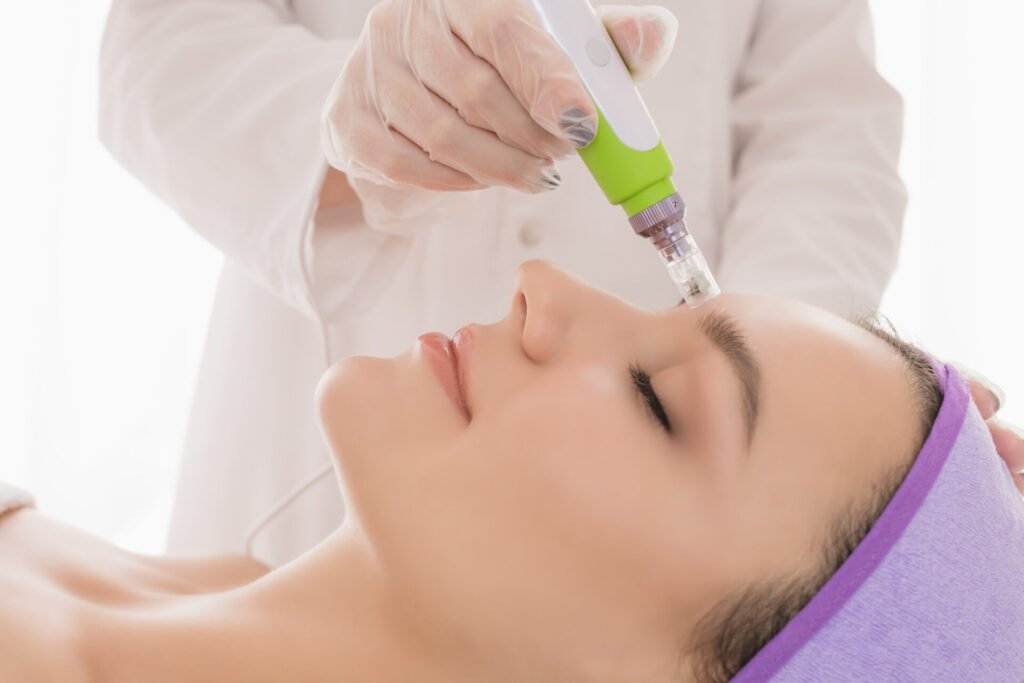
In conclusion, the journey doesn’t end once the cosmetic tattooing procedure is complete. Following diligent post-appointment care and engaging in long-term maintenance practices will ensure beautiful, lasting results. By prioritizing your cosmetic tattoo care, you’ll enjoy the confidence that comes with perfectly enhanced features for years to come.

